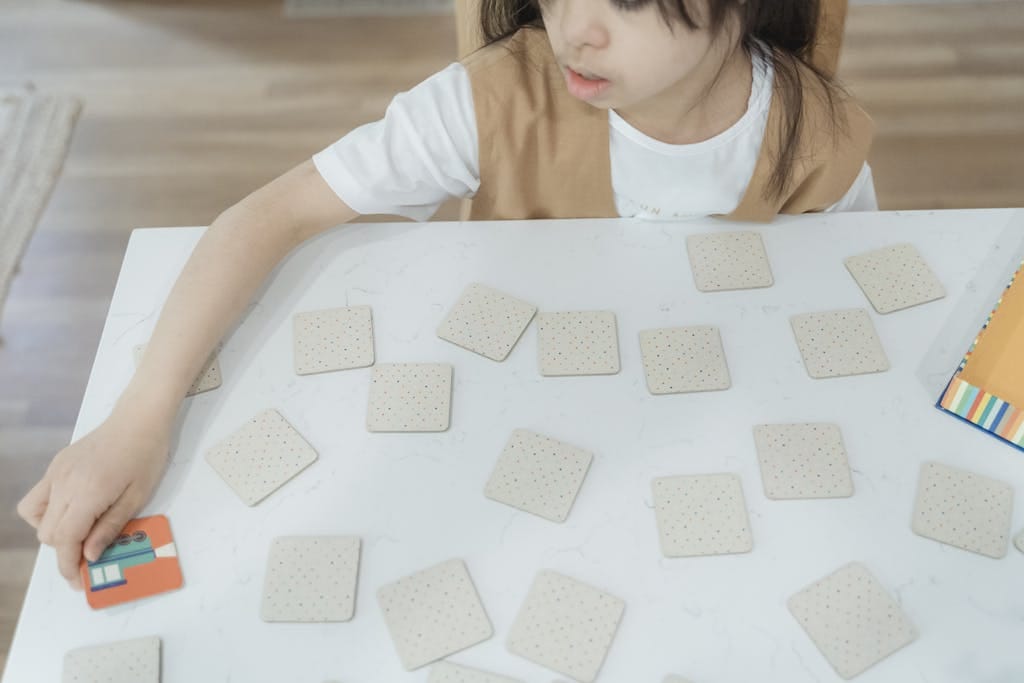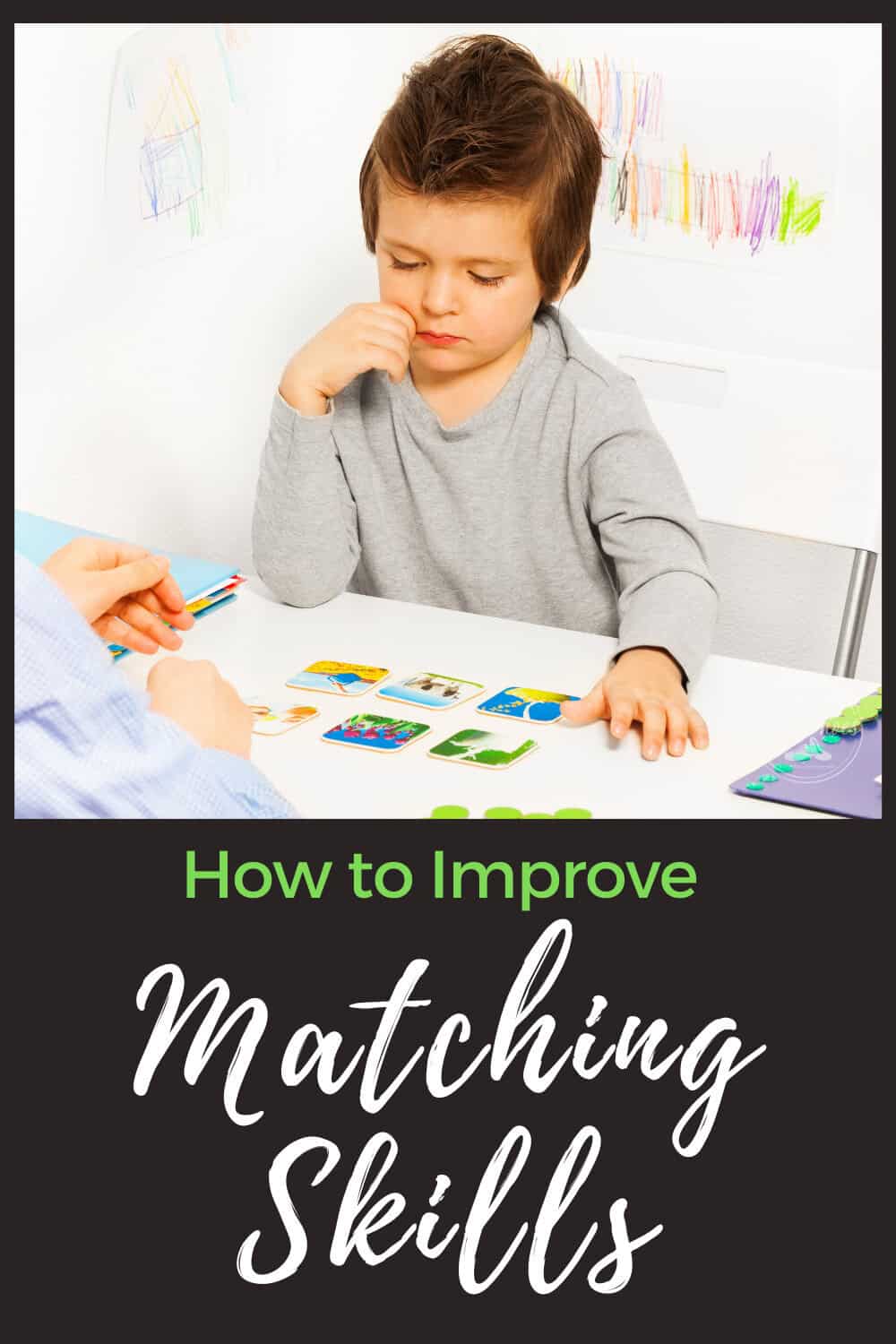How to Improve Your Child’s Matching Skills
Matching skills—sounds simple, right? Like, we’re just talking about a toddler pairing up socks or a preschooler playing Memory. But matching is actually a huge foundational skill that plays a role in executive functioning, problem-solving, and even reading and math.
And yet, it’s one of those things that often gets overlooked. Schools aren’t exactly out here handing out IEP goals for “better matching skills.” But if your child struggles with tasks like sorting, recognizing patterns, or categorizing items, this is something worth working on.

So let’s talk about how to boost your child’s matching skills, no matter their age.
Why Matching Skills Matter
Matching is an executive function skill, meaning it helps the brain organize and process information. It builds the foundation for:
✔️ Visual discrimination (which is crucial for reading)
✔️ Categorization (math and science)
✔️ Problem-solving (because recognizing patterns is half the battle in figuring things out)
Basically, if your child struggles with matching, they might also struggle with things like following multi-step directions, recognizing sight words, or organizing their thoughts on paper.
How to Improve Your Child’s Matching Skills (By Age)
For Preschoolers (Ages 2-5)
At this stage, matching is mostly about visual recognition. You want to focus on:
- Simple Matching Games: Start with identical objects—match socks, toy animals, or big puzzle pieces.
- Shape and Color Sorting: Give them a pile of blocks and ask them to put all the blue ones in one basket, all the red in another.
- Memory Games: Flip over cards and have them find matches. This builds both matching skills and working memory.
- Household Matching: Have them match lids to containers, socks to each other, or even shoes by size.
For Elementary-Age Kids (Ages 6-10)
This is when matching gets more complex. Kids need to go beyond “these two things look the same” and start recognizing patterns and relationships. Try:
- More Advanced Card Games: Matching games like Uno, Go Fish, or Spot It! challenge kids to quickly recognize patterns.
- Sorting and Organizing: Have them sort objects by attributes other than just color (e.g., size, shape, function).
- Pattern Recognition Activities: Work on puzzles, mazes, and “What Comes Next?” pattern worksheets.
- Matching Written Words to Pictures: This strengthens reading comprehension skills and sight word recognition.
For Older Kids & Tweens (Ages 11+)
By this age, matching skills are deeply tied to problem-solving and organization. If your child still struggles with executive functioning, keep practicing with:
- Logic Puzzles & Brain Teasers: Sudoku, word searches, and logic grid puzzles can help improve pattern recognition.
- Sorting Real-Life Information: Have them group grocery items by type, organize their books by genre, or match historical events to time periods.
- Coding & Video Games: Games like Tetris, Minecraft, and coding activities encourage pattern recognition and spatial awareness.
- Math & Reading Activities: Encourage them to match equations to answers, words to definitions, or historical events to their outcomes.
If your child struggles with organization, reading, math, or even just following directions, don’t skip over matching skills. Strengthening their ability to recognize patterns and categorize information will make a huge difference.
And honestly? Many of these activities are fun. So even if they resist “practice,” they might not even realize they’re building an important skill.
I have many worksheets on this site that are matching worksheets. And, hey, they’re free!
Now, go forth and match some socks (or make your kid do it—because life skills).

